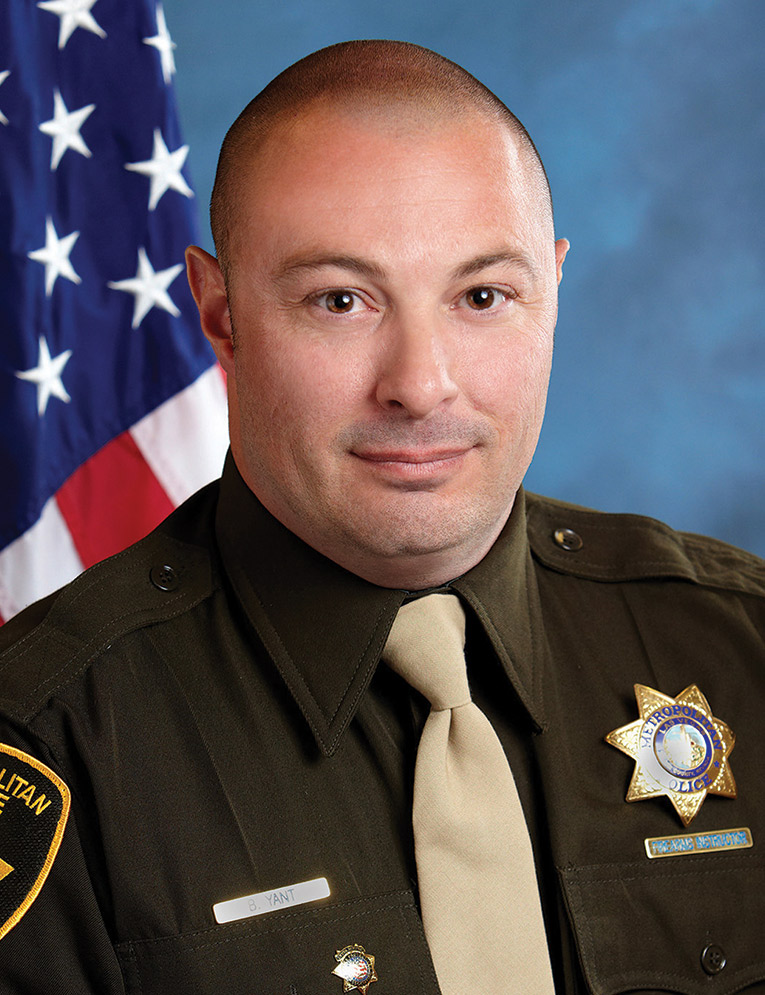
Sergeant-at-Arms
Instead of focusing my thoughts on just one topic, I wanted to hit on many different important topics and points that I feel need to be emphasized. A lot of these topics or ideas come from things we see or hear from our membership.
When completing a use-of-force report, there are many key points to remember. First and foremost is that this is an official investigation into your application of force and to determine the reasonableness of it. Before answering any questions or completing a report mandated by policy, you must review your BWC footage. While completing the required use-of-force report, it is imperative to paint the full picture of what occurred and what actions the suspect was doing that made you use force.
Far too often, we are seeing reports citing the subject was in aggressive resistance, and therefore, I used intermediate force. In the narrative portion, you should be placing emphasis on the suspect’s actions, body language, posture and stance, words and anything else that led to their resistance. You want to paint the picture so clearly of what the suspect was doing that the reader of the report has a clear vision in their head without the need for the BWC. While you are completing your report, if you are unsure of anything or need assistance, we are available to assist you or answer questions 24/7.
Let’s talk about BWC. Policy requires your camera to be activated upon being dispatched to a call or upon any self-initiated activity. Keep your camera activated for the entirety of the event. If you see a need to deactivate your camera, you are required to state so prior to the deactivation. We are seeing an alarming trend of supervisors violating the policy in regards to accessing and reviewing officers’ BWC for “investigative reasons” to ensure you conducted a proper investigation or performed within policy. Supervisors may review BWC when there is a complaint of misconduct in the field, a use of force has occurred and vehicle pursuits. They are also required to place notes in the audit trail as to why the video was reviewed. Many times on these fishing expeditions that violate the policy, supervisors fail to properly document their activity, which is a violation of the policy. If you fall victim to this and you see suspicious reviews of your cameras in evidence, please contact us.
Since we are behind the wheel of our vehicles for the vast majority of our shifts, driving is another frequent problem area for our members. With as much time behind the wheel as we have daily, accidents are inevitable in our profession. Officers’ speed and inattention are major contributing factors in most non-code 3 wrecks. The Department is able to track your speed and location through GPS, which is often used in internal investigations. While driving code 3, the major contributing factors in accidents are speed and not properly clearing the intersections. Policy allows you, while driving code 3, to travel up to 20 mph over the speed limit. However, you must not drive in a reckless manner, and NRS mandates you to use care. We have seen in other jurisdictions that officers are being charged after becoming involved in fatal accidents while driving code 3 or during a pursuit.
Finally, I would like to emphasize that we are available to you 24/7 for anything. Whether it’s questions about your contract, your boss, use-of-force questions and anything in between, we are available. Throughout the Department, we have area reps and shift delegates also available to help you out. The rumor mill runs rampant, and the easiest way to dispel briefing room rumors is to go directly to us and get the real information. We work for you and on your behalf, so please don’t hesitate to call us. Thank you for your membership, and stay safe!

